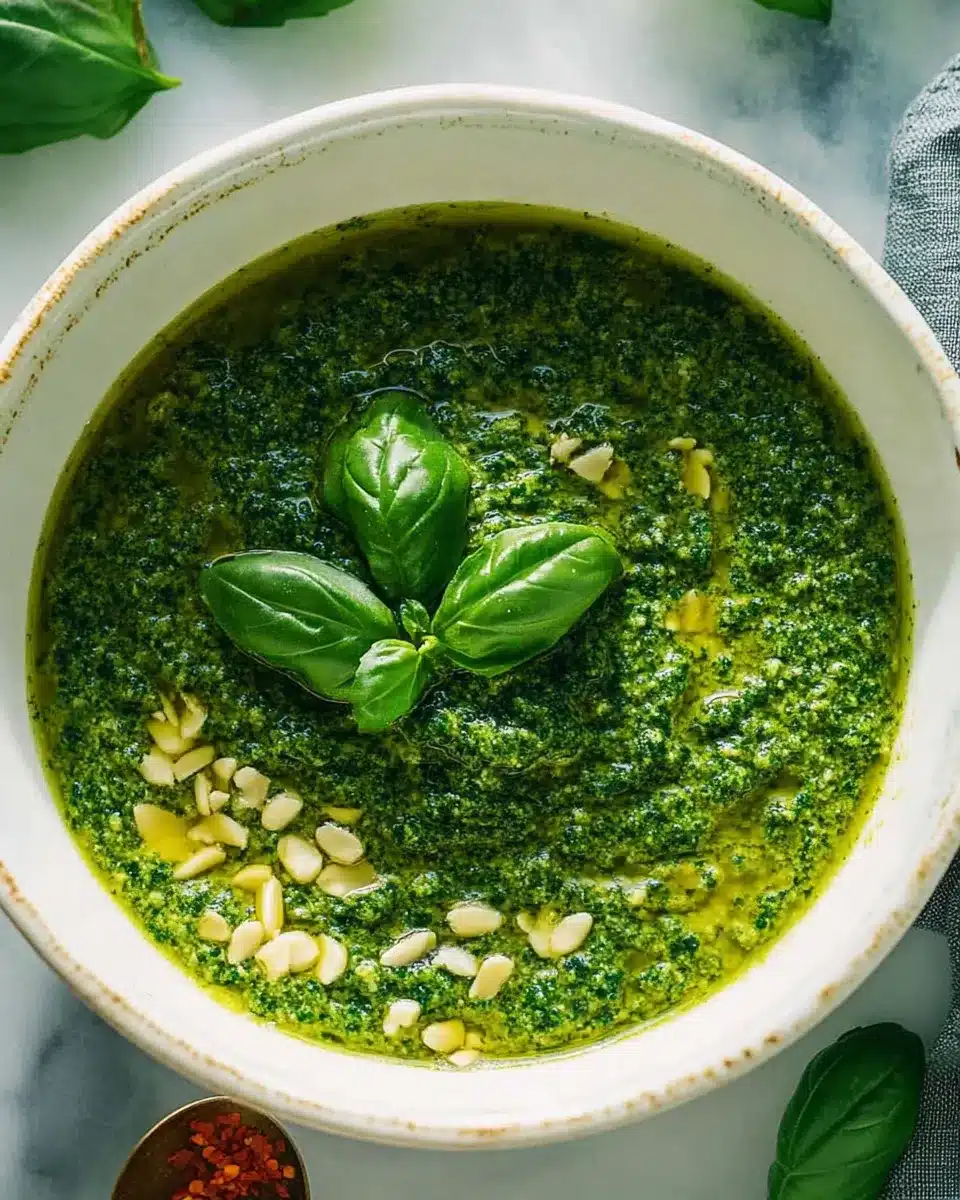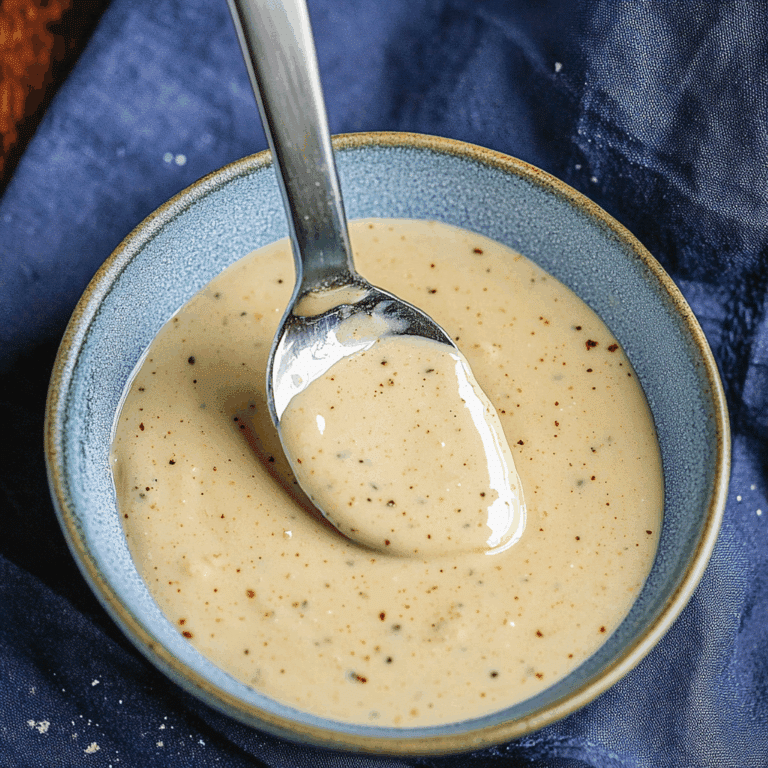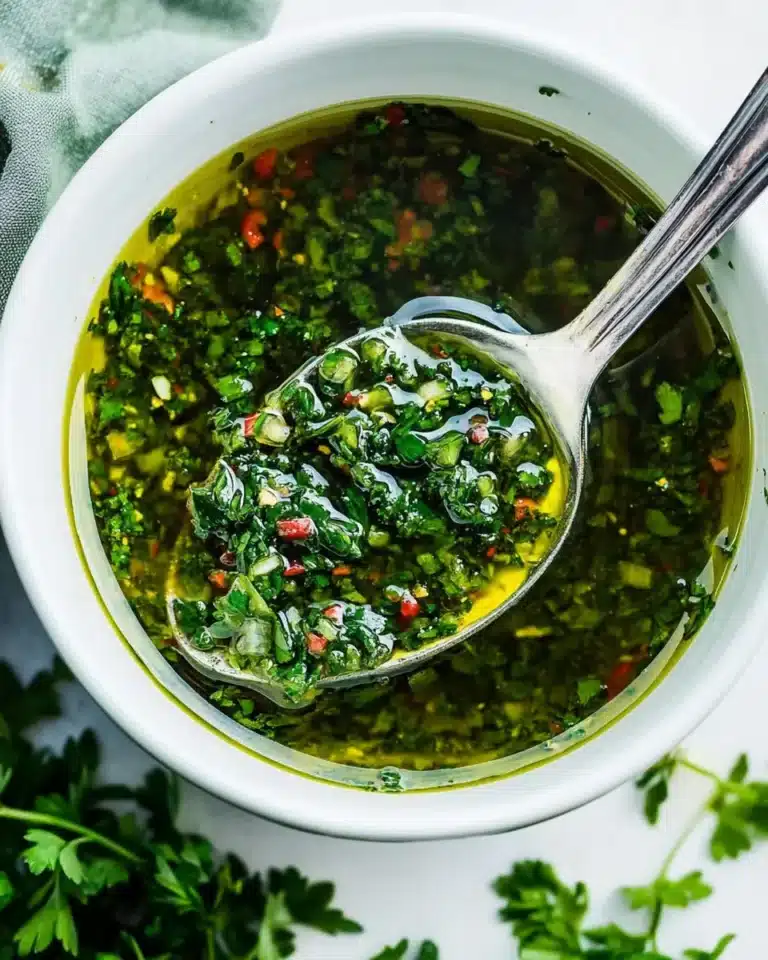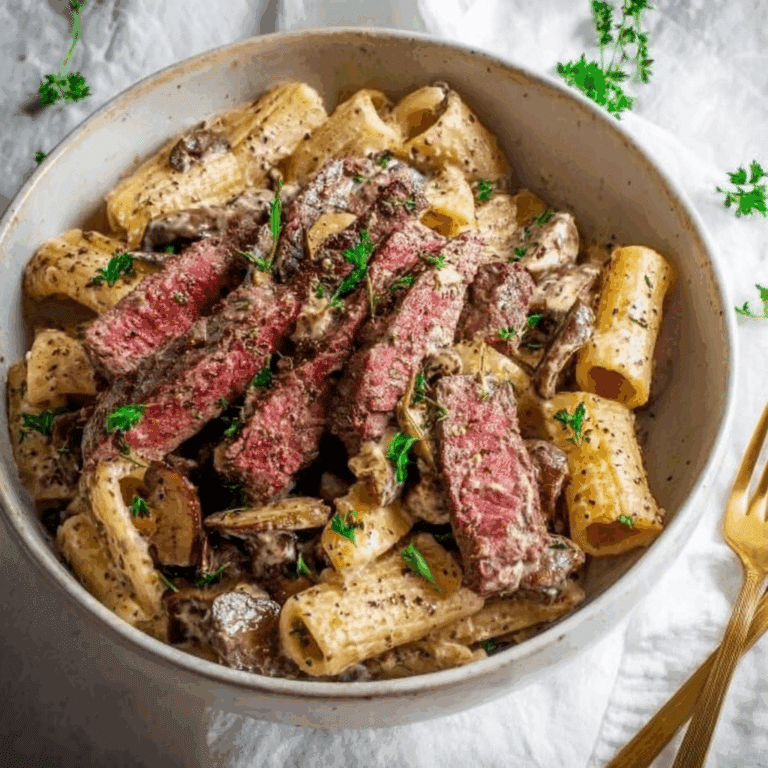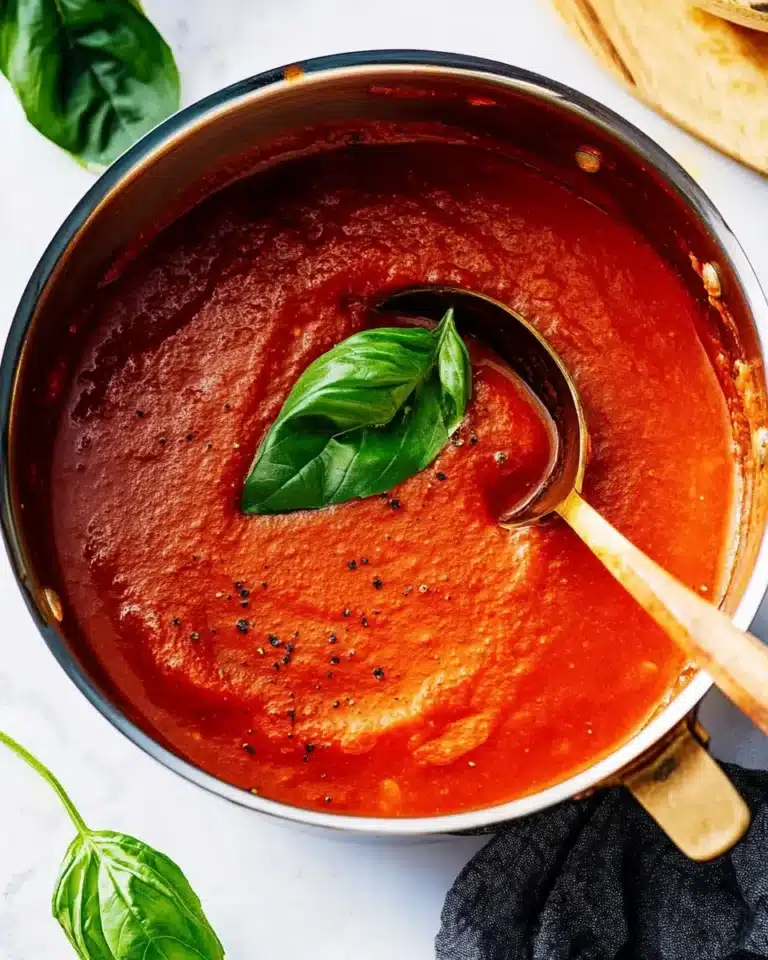Basil Pesto Sauce: A Fresh and Flavorful Classic
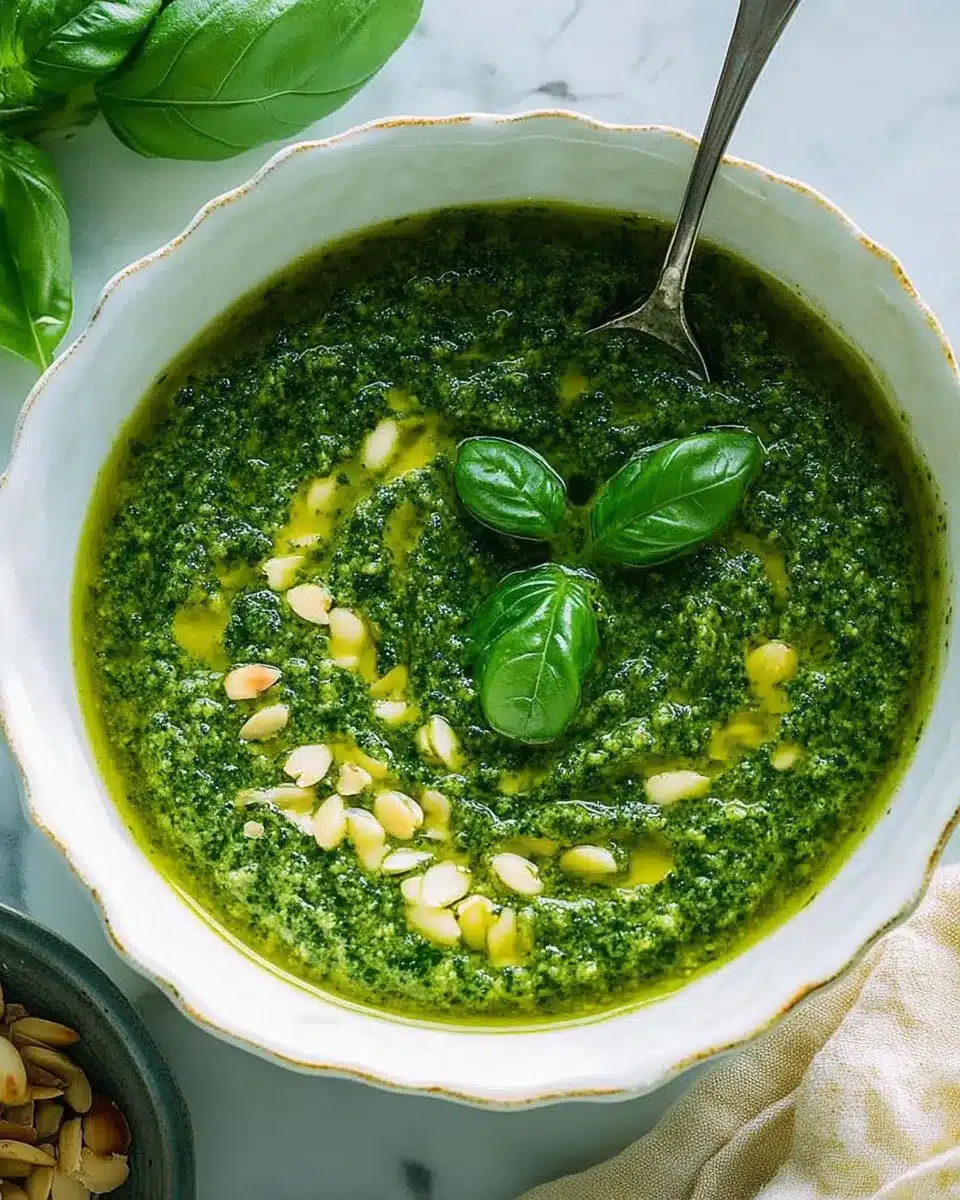
Are you ready to elevate your culinary creations with a vibrant burst of flavor? Basil pesto sauce is a versatile condiment that has captivated food lovers around the world. Its tantalizing blend of fresh basil, aromatic garlic, and nutty parmesan creates a harmonious balance that can transform simple dishes into gourmet experiences. Not only is it perfect for pasta, but it also shines as a delectable topping for grilled meats, roasted vegetables, and even as a sandwich spread.
For those adventurous in the kitchen, the possibilities for variations are endless! Experiment with different nuts, such as pine nuts, walnuts, or cashews, to customize your pesto according to your taste. You can also incorporate unique ingredients like sun-dried tomatoes or arugula for a delicious twist. To achieve the perfect consistency, consider adjusting the olive oil gradually while blending. With these expert tips and a touch of creativity, you’ll soon master the art of this delightful sauce and impress your friends and family at every meal.
Ingredients for basil pesto sauce:
This classic basil pesto sauce recipe is designed to serve 8-10 people, perfect for drizzling over pasta, brushing onto grilled chicken, or spreading on sandwiches. Gather the following fresh ingredients for a burst of flavor.
Fresh Herbs
- 4 cups fresh basil leaves, packed – Look for vibrant green leaves without blemishes or discoloration for the best flavor.
- 2 cloves of fresh garlic – Use medium-sized cloves, peeled and roughly chopped to enhance the aroma and taste.
Nuts and Seeds
- ½ cup pine nuts – Lightly toasted to bring out their natural oils; you can substitute with walnuts or pecans for a different flavor.
- ¼ cup walnuts (optional) – Adds a nice nutty flavor and can be mixed with pine nuts or used alone as a cost-effective alternative.
Cheese
- ¾ cup freshly grated Parmesan cheese – A key ingredient for richness; choose a high-quality cheese for the best results.
- ⅓ cup Pecorino Romano cheese (optional) – For a sharper flavor, mix with Parmesan or use solely Pecorino, if desired.
Oils and Seasoning
- 1 cup extra-virgin olive oil – Use a good quality oil for smoothness and flavor. You can also experiment with flavored oils or infused oils for a unique twist.
- ½ teaspoon sea salt – Adjust according to taste, remembering that cheese can also contribute to salinity, so taste as you go.
- ¼ teaspoon freshly ground black pepper – Adds a subtle spice that complements the overall flavor. Feel free to add more if you enjoy a peppery kick.
Variations
For those looking to add a twist to their basil sauce, consider incorporating:
- 1-2 tablespoons of lemon juice for brightness.
- Substituting arugula for half of the basil leaves for a peppery taste.
- 1-2 sun-dried tomatoes for a touch of sweetness and color.
With these ingredients, you’ll craft a luscious basil pesto sauce that can elevate many dishes.
How to prepare basil pesto sauce:
Creating a vibrant basil pesto sauce at home is both easy and rewarding. Follow these detailed steps for a fresh and flavorful result.
Gather Your Ingredients for Basil Pesto Sauce
Start by assembling all the necessary ingredients. You will need:
- 2 cups fresh basil leaves
- 1/2 cup freshly grated Parmesan cheese
- 1/2 cup extra-virgin olive oil
- 1/3 cup pine nuts (lightly toasted)
- 3 cloves garlic, peeled
- Salt, to taste
- Pepper, to taste
Prepare the Basil Leaves
Pick and wash the basil leaves thoroughly. Pat them dry using a clean kitchen towel or paper towels. This step is crucial to ensure a smooth sauce without excess moisture.
Toast the Pine Nuts
In a small skillet, place the pine nuts over medium heat. Stir them regularly for about 5 minutes until they are golden brown and fragrant. Keep a close eye to prevent burning.
Blend the Ingredients
In a food processor, add the fresh basil leaves, garlic cloves, and toasted pine nuts. Pulse the mixture until it reaches a finely chopped consistency.
Add Cheese and Olive Oil
Next, sprinkle the grated Parmesan cheese into the food processor. With the motor running, slowly drizzle in the extra-virgin olive oil. Continue blending until the ingredients are thoroughly combined and a smooth paste forms.
Season the Basil Pesto Sauce
After achieving the desired consistency, season the pesto with salt and freshly ground black pepper. Taste test and adjust the seasoning according to your preference.
Store or Use Immediately
If you plan to use the basil pesto sauce right away, transfer it to a serving bowl. For storing, place the pesto in an airtight container. Pour a thin layer of olive oil on the surface to prevent browning. Cover tightly and refrigerate it.
This homemade sauce will enhance your pasta, sandwiches, or salads. Enjoy the rich flavors of your freshly made basil pesto sauce!
Tips for the Perfect Basil Pesto Sauce
Use Quality Ingredients
To create a rich and flavorful sauce, start with the best ingredients. Fresh basil is key. Look for vibrant green leaves that show no signs of wilting. Opt for high-quality extra virgin olive oil, which adds depth to the flavor. Freshly grated Parmesan cheese also enhances the sauce, so avoid pre-shredded versions; they often contain anti-caking agents that disrupt the texture.
Maintain the Correct Temperature
Temperature plays a significant role in the final taste and texture of your sauce. Use a food processor to combine the ingredients, but avoid overheating them. If the ingredients get warm, they lose their fresh flavor. Pulse the basil and other ingredients gently and intermittently. This technique helps maintain a vibrant green color and fresh taste.
Consider Dietary Restrictions
If you or your guests have dietary restrictions, there are simple adaptations. For dairy-free versions, substitute nutritional yeast for Parmesan. It adds a cheesy flavor without any dairy. If pine nuts are a concern, consider using walnuts or sunflower seeds instead. These options not only work well in terms of taste but also provide a unique twist to your homemade sauce.
Experiment with Flavor Variations
Feel free to experiment with flavors by adding other herbs. Mixing in a handful of spinach or arugula can make your sauce not only more nutrient-dense but also offer a different taste profile. A hint of lemon juice can brighten the flavors, while a touch of garlic adds a robust flavor that complements the basil nicely.
Texture Matters
The texture of the sauce is vital. To achieve that classic consistency, blend until smooth but stop before it becomes overly pureed. You want a bit of texture to give your sauce a wholesome quality. If it’s too thick, add more olive oil or a splash of water until the desired consistency is reached.
Make Ahead and Store Properly
Pesto can be made ahead of time and stored to enhance its flavors. Use an airtight container and cover the surface with a thin layer of olive oil to prevent browning. When stored correctly in the refrigerator, your sauce can last up to a week. For longer storage, consider freezing it in ice cube trays – perfect for those last-minute meals!
By following these tips, you can ensure a delicious outcome every time you prepare basil pesto sauce.
Storage Tips for basil pesto sauce:
Storing basil pesto sauce properly helps maintain its vibrant flavor and fresh aroma. Follow these tips to ensure your pesto lasts as long as possible.
Keep It Fresh with the Right Containers
Choose airtight containers for your basil pesto sauce. Glass jars with tight lids work well because they prevent air exposure, which can cause oxidation. If you prefer plastic, look for BPA-free containers that seal tightly. Avoid using regular plastic wrap as it may not provide an adequate seal.
Optimal Storage Conditions
Store pesto in the refrigerator if you plan to use it within a week. Keep it in the coldest part of the fridge, often towards the back, where temperatures remain consistent. For longer storage, consider freezing your pesto. Ice cube trays are perfect for this, allowing you to portion out small amounts easily. Freeze the pesto in cubes, then transfer them to a freezer-safe bag once solid. This method not only saves space but also makes it convenient to use only what you need.
Understanding Shelf Life
Fresh basil pesto sauce lasts in the refrigerator for about five to seven days. After this time, it may begin to oxidize and lose flavor. Keep an eye on its color; it should remain bright green. If you notice it turning brown, that’s a sign it’s losing its freshness. When freezing, pesto can last up to six months. However, for the best flavor and texture, use it within three months.
Avoiding Contamination
Always use clean utensils when scooping out pesto. This practice minimizes bacteria introduction, helping maintain the sauce’s quality. Store it away from strong odors in the fridge, as pesto can easily absorb scents from other foods, altering its flavor.
Reviving Leftover Pesto
If your pesto thickens after storage, don’t worry. Add a little olive oil or a splash of water to restore its creamy texture. Give it a gentle mix, and it’s ready to use again. By following these storage tips, you’ll enjoy all the deliciousness of your basil pesto sauce for weeks to come.
Related Recipes to Explore with Herbaceous Flavors
If you love the fresh and vibrant taste of basil pesto sauce, you may want to try these related recipes. Each dish shares a similar herbaceous quality or serves as a perfect complement.
- Sun-Dried Tomato Pesto: This variation introduces a rich, tangy flavor thanks to the sun-dried tomatoes, while still maintaining the same creamy texture. It makes a fantastic pasta sauce or a spread for sandwiches.
- Herbed Ricotta Dip: Combining ricotta with fresh herbs like parsley and chives creates a smooth, savory dip. The mild flavors of the cheese harmonize well with the vibrant notes of basil, making it an excellent appetizer.
- Garlic and Herb Butter: A simple yet flavorful butter made with garlic and mixed herbs enhances bread, vegetables, or meats. It carries the same aromatic appeal and is quick to prepare, just like a batch of pesto.
- Pasta Primavera: This dish showcases fresh, seasonal vegetables along with a light olive oil and herb dressing. The fresh veggies balance with the creamy essence of pesto, creating a wholesome meal filled with colors and flavors.
- Grilled Vegetable Salad: Marinated grilled vegetables drizzled with olive oil can be uplifted with a dollop of your favorite green sauce. The smokiness from the grill pairs beautifully with herby elements, echoing the spirit of pesto.
These recipes not only highlight fresh herbs but also offer delightful options to enhance your culinary repertoire. Explore these flavorful dishes to experience similar tastes and textures, perfect for integrating into your meals.
Frequently Asked Questions:
What is basil pesto sauce made of?
Basil pesto sauce is primarily composed of fresh basil leaves, pine nuts, garlic, Parmesan cheese, and olive oil. These ingredients come together to create a rich and vibrant green sauce that is perfect for enhancing a variety of dishes. The combination of these elements not only adds flavor but also contributes to the sauce’s unique texture.
How do you store basil pesto sauce?
To maintain the freshness of your basil pesto sauce, store it in an airtight container in the refrigerator. It can last up to a week when properly sealed. For longer storage, consider freezing the sauce in ice cube trays. Once frozen, transfer the cubes to a zip-top bag for future use, allowing you to enjoy the vibrant flavors of homemade pesto any time.
Can I substitute ingredients in basil pesto sauce?
Absolutely! While classic basil pesto features pine nuts, you can easily substitute walnuts, almonds, or sunflower seeds based on your taste and budget. Additionally, if you’re looking for a dairy-free alternative, nutritional yeast can replace Parmesan cheese, maintaining a delicious flavor profile while catering to various dietary needs.
What can I use basil pesto sauce for?
This versatile sauce can elevate numerous dishes, such as pasta, sandwiches, pizzas, or even vegetable stir-fries. You can also use it as a dip for fresh bread or as a flavorful marinade for grilled meats and fish, making it a delightful addition to your culinary repertoire.
Is homemade basil pesto sauce better than store-bought?
Homemade basil pesto sauce is often considered superior to store-bought versions due to its fresh ingredients and the ability to customize flavors according to personal preferences. Making it from scratch allows you to control the texture, taste, and nutritional content, giving you a more authentic experience.
How do I make basil pesto sauce less oily?
If you find your basil pesto sauce too oily, simply reduce the amount of olive oil used in the recipe or add more solid ingredients, such as basil or cheese. You can also incorporate a little lemon juice or water to thin it out without adding excess oil, ensuring a balanced consistency that works for your dishes.
Conclusion:
In summary, mastering basil pesto sauce is a delightful culinary adventure that highlights simplicity and versatility. This vibrant sauce can elevate various dishes, from pasta to sandwiches, effortlessly enhancing their flavors. Remember, the beauty of pesto lies in its flexibility; feel free to mix and match ingredients to suit your taste preferences, such as incorporating different nuts or adding seasonal herbs. Customization options allow you to create a version that perfectly aligns with your palate. Additionally, this sauce can easily be prepared in advance and stored, making it a convenient staple for any home cook. With these tips in mind, you’re well-equipped to make basil pesto sauce that not only delights the senses but also becomes a cherished recipe in your kitchen repertoire. Enjoy experimenting and savoring the bright, fresh flavors this sauce brings to your meals!

